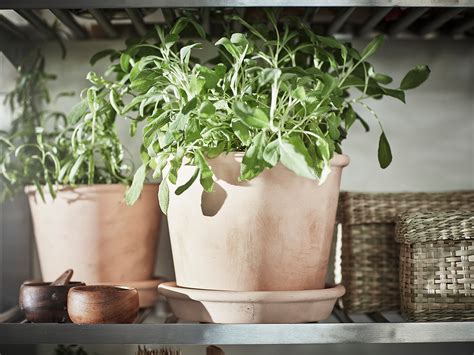Muskotblomma: The Precious Spice that Enchants

Muskotblomma: The Precious Spice that Enchants
Introduction
Muskotblomma, the aromatic spice derived from the nutmeg tree, has captivated culinary enthusiasts and health practitioners alike for centuries. Its distinctive flavor and versatile properties make it a must-have ingredient in kitchens and medicine cabinets worldwide.
Historical Significance
Muskotblomma has a rich history, dating back to ancient times. Arab traders first introduced it to Europe in the 11th century, where it quickly became a prized possession among the wealthy. In the 16th century, Dutch explorers established a monopoly on the nutmeg trade, controlling the supply and prices of this precious spice.
Botanical Characteristics
Muskotblomma is the seed of the nutmeg tree (Myristica fragrans), an evergreen native to the Banda Islands in Indonesia. The tree produces two fruits: the nutmeg itself, surrounded by a protective mace. Both the nutmeg and mace are used as spices, but muskotblomma is the more valuable of the two.
Culinary Delights
Muskotblommas warm, slightly sweet, and nutty flavor has made it a staple ingredient in various cuisines around the world. It is commonly used in baking, desserts, sauces, and soups. The spice also complements savory dishes, such as stews, curries, and pâtés.
Health Benefits
Beyond its culinary appeal, muskotblomma has long been recognized for its medicinal properties. Studies have shown that this spice possesses:
* Anti-inflammatory properties
* Antiseptic and antibacterial effects
* Pain-relieving qualities
* Digestive aids
* Potential anticancer benefits
Commercial Value
Muskotblomma is a highly valued spice, commanding a premium price in the global market. According to the International Trade Centre, the world exports of whole nutmeg amounted to approximately 13,500 tons in 2020, with an estimated value of $120.7 million. Indonesia continues to be the primary producer and exporter of muskotblomma, accounting for over 50% of global supply.
Sustainability Concerns
The high demand for muskotblomma has raised concerns about the sustainability of its production. Deforestation, climate change, and overexploitation of the nutmeg tree threaten the livelihoods of farmers and the health of the environment. Sustainable practices, such as organic farming and reforestation, are crucial to ensure the future availability of this precious spice.
Case Studies
* **Chefs Secret:** Master chef Gordon Ramsay often uses muskotblomma to add depth and warmth to his signature dishes, such as pumpkin soup and lamb stew.
* **Health Practitioners Recommendation:** In traditional Chinese medicine, muskotblomma is used to treat digestive issues, inflammation, and insomnia. Practitioners recommend consuming small quantities of the spice in tea or supplement form.
* **Humorous Anecdote:** In the popular sitcom "Seinfeld," character George Costanza famously declares his love for muskotblomma, calling it "the king of spices" and declaring that it should be a food group.
Comparison Table
| Feature | Muskotblomma | Mace |
|---|---|---|
| Botanical source | Nutmeg seed | Nutmegs protective covering |
| Flavor | Warm, nutty, slightly sweet | Slightly warm, pungent, pepper-like |
| Value | More valuable | Less valuable |
| Uses | Baking, desserts, sauces, soups, stews | Seasoning, meat dishes |
Conclusion
Muskotblomma, the exquisite spice that has graced kitchens and pharmacies for centuries, continues to enchant us with its unique flavor and health benefits. As we face the challenges of sustainability and conservation, let us appreciate the preciousness of this spice and strive to preserve it for future generations. May the muskotblomma forever grace our tables, bringing joy, flavor, and well-being to our lives.
